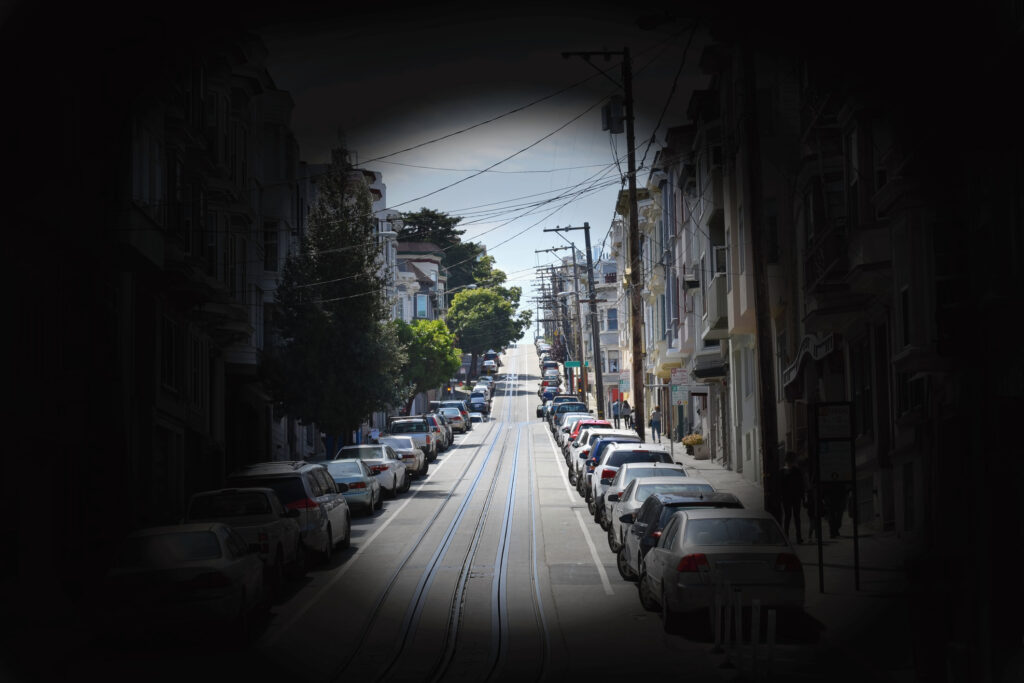In a world where our focus is constantly drawn to screens and central points of attention, we often take one of our most vital visual tools for granted – peripheral vision. This remarkable aspect of our eyes plays a silent yet critical role in our daily lives, guiding us through complex environments, keeping us safe, and helping us perform at our best. Whether you’re driving down a busy highway, catching a ball on the field, or simply walking down the street without bumping into someone, it’s your peripheral vision – not your direct gaze – that keeps you oriented and aware.
But despite its importance, peripheral vision is frequently overlooked in conversations about eye health. It fades into the background, just like the images it detects. The truth is, we use it unconsciously every day, relying on it for everything from basic spatial awareness to finely tuned instincts. And when it starts to diminish, the results can be devastating—not just for your vision, but for your safety, mobility, and independence.
Let’s dive into why peripheral vision is so vital, what threatens it, and what you can do to protect it.
The Power of Peripheral Vision: More Than Meets the Eye
Most people associate vision with seeing what’s directly in front of them—reading a sign, looking at a loved one, or scrolling through a phone. But that’s only part of the picture. Peripheral vision refers to everything we can see outside the direct line of sight, allowing us to detect motion, navigate spaces, and anticipate danger.
Think about it: when you’re on the road, your eyes constantly monitor what’s happening to your sides—cars merging into your lane, pedestrians stepping into the street. That’s your peripheral vision at work. In sports, it helps athletes react to opponents and make split-second decisions. And in everyday life, it alerts you to a friend approaching from the side or a hazard on the ground.
What’s even more fascinating is how tightly peripheral vision is connected to our instincts. Evolutionarily, this type of vision helped our ancestors detect predators and threats in the wild. Today, it helps us catch visual cues quickly—like a child running into the road or a cyclist in your blind spot. It’s a built-in safety system that works in harmony with our brain, without us even realizing it.

Why We Need Peripheral Vision: More Than Just a Side View
Still not convinced of its importance? Let’s break down the benefits of peripheral vision and why losing it can drastically alter your life:
1. Safety and Navigation
Your side vision allows you to detect and respond to moving objects and changes in your environment. Without it, walking down a busy sidewalk or crossing the street becomes a game of guesswork.
2. Driving Performance
Good peripheral vision is crucial for safe driving. It helps you stay in your lane, notice cars approaching from behind, and detect road signs without turning your head. Loss of this vision can result in delayed reactions and increased accident risk.
3. Balance and Mobility
Our brain uses cues from our peripheral vision to maintain balance and posture. It helps us judge distances and navigate uneven terrain, stairs, and obstacles. A reduction can lead to missteps, falls, and injuries—especially in older adults.
4. Sports and Performance
Whether it’s a basketball player spotting a teammate or a soccer player reacting to an opponent’s move, athletes rely heavily on side vision to make fast and effective decisions.
5. Social Interaction
Humans are social creatures, and eye contact plays a huge role in communication. Peripheral vision helps us pick up on body language, facial expressions, and group dynamics—essential tools for navigating both personal and professional relationships.
The Silent Killers of Peripheral Vision
Now that we know how essential peripheral vision is, it’s time to talk about the most important—and most neglected—part of this conversation: what threatens it?
Glaucoma: The Leading Cause of Peripheral Vision Loss
Glaucoma is often called the “silent thief of sight” for a reason. It gradually damages the optic nerve, usually without noticeable symptoms until peripheral vision begins to deteriorate. By the time you notice, significant and irreversible damage may have already occurred.
This condition affects millions worldwide and is one of the leading causes of blindness. The scariest part? You could have perfect central vision and still be going blind from the sides. Routine eye exams are the only way to detect glaucoma early, when treatment is still effective.
Other Threats to Peripheral Vision
While glaucoma is the top threat, it’s not the only one. Other conditions can also cause vision loss around the edges:
- Retinal Detachment: A medical emergency where the retina peels away from the back of the eye, often starting with flashes of light or shadowy spots in peripheral vision.
- Stroke or Brain Injury: These can damage the visual processing areas of the brain, resulting in loss of side vision.
- Retinitis Pigmentosa: A genetic disorder that leads to tunnel vision, beginning with loss of night and peripheral vision.
- Diabetic Retinopathy: Diabetes can damage blood vessels in the eyes, leading to vision changes, including side vision loss.
All of these have one thing in common: they often begin without warning and progress silently. That’s why proactive eye health is so critical.
Early Detection Starts with an Eye Exam
When was the last time you had a comprehensive eye exam? If you’re like many people, it’s been years—or maybe never. Unfortunately, by the time most people notice problems with their vision, it’s already too late to reverse the damage.
Peripheral vision loss can’t always be restored, but it can be slowed or even stopped—if it’s caught early. That’s why routine exams with a board-certified optometrist are your first line of defense.
Protect Your Vision and Stay Ahead
Your peripheral vision is one of the most underappreciated tools you rely on every single day. Don’t wait until it starts slipping away. At Optical Illusions: An Optometric Practice, we’re here to help you stay on top of your eye health, detect threats early, and find the right visual solutions for your lifestyle.
Protect Your Peripheral Vision with Optical Illusions
Get a comprehensive eye exam with our Board-Certified Optometrists who specialize in detecting early signs of glaucoma, retinal damage, and other conditions that threaten your peripheral vision. We don’t just help you see clearly—we help you see everything.
Looking to combine function and fashion? We also offer a wide selection of prescription colored contact lenses designed to enhance your natural eye color or help you create a bold new look. Whether you’re dealing with a specific vision issue or just want to look your best, we’ve got you covered.
Here’s what you get at Optical Illusions:
- Expert Fitting: We ensure that your contacts fit perfectly for both comfort and visual clarity.
- High-Quality Lenses: We offer the best prescription lenses tailored to your needs along with frames to suit your personality and looks.
- Comprehensive Eye Exams: Our optometrists will check your central and peripheral vision, screen for ocular diseases, and tailor a care plan just for you.
Schedule your appointment at 1 of our 4 conveniently located offices in San Jose, San Mateo, San Ramon, and Juneau.



